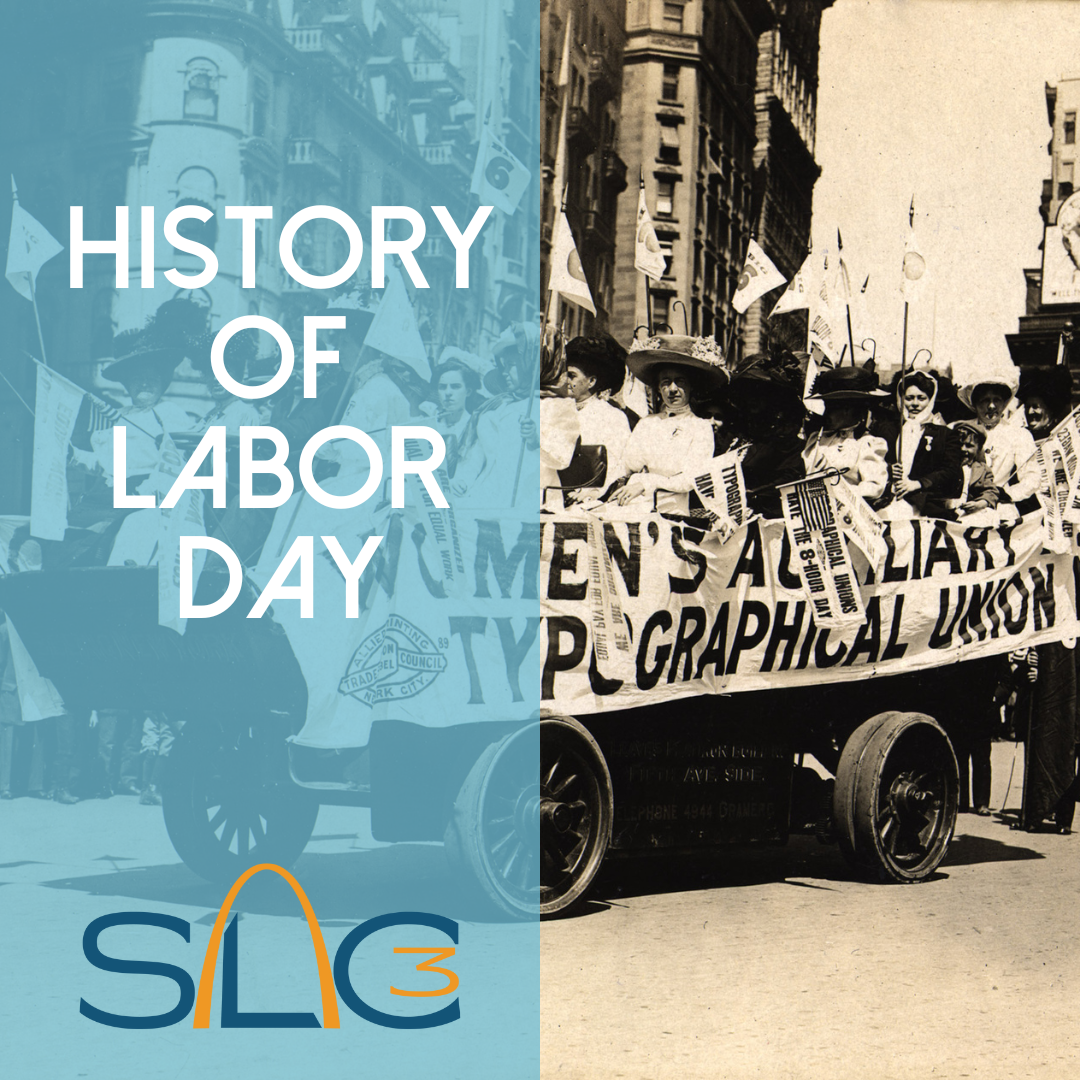Labor Day is a federal holiday in the United States, celebrated on the first Monday of September. The day honors the contributions and achievements of American workers, recognizing the role that labor has played in building the nation’s economy and infrastructure. It is both a tribute to the social and economic advances made by workers and a reminder of the struggles of the labor movement.
Origins and Establishment
Labor Day was first proposed in the 1880s, during a time when labor unions were advocating for better working conditions, reasonable hours, and fair wages. The late 19th century was a period of significant unrest for workers, who were often subjected to long hours, unsafe working conditions, and inadequate pay. This led to numerous strikes and protests, some of which turned violent.
One of the key events leading to the creation of Labor Day was the Pullman Strike of 1894. This nationwide railroad strike caused massive disruptions and led to clashes between workers and federal troops, resulting in deaths and widespread destruction. In response to the growing tension between workers and employers, as well as the demand for worker protections, Congress sought to create a national holiday to honor laborers and ease tensions. Just days after the end of the Pullman Strike, President Grover Cleveland signed the legislation establishing Labor Day as a federal holiday on June 28, 1894.
Impact on the U.S. Workforce
- Improved Working Conditions:
Over time, Labor Day became emblematic of the broader labor movement’s successes in improving working conditions. This included the establishment of the eight-hour workday, weekends off, child labor laws, and safety standards in workplaces across the country. - Legal Protections for Workers:
The labor movement, reinforced by the recognition of Labor Day, helped shape the creation of key labor laws in the United States. Legislation such as the Fair Labor Standards Act (1938), which established a minimum wage and overtime pay standards, can trace its roots to the activism that Labor Day symbolizes. - Growth of Labor Unions:
Labor Day helped to legitimize the role of labor unions, providing them with the support and recognition needed to grow in size and influence. Throughout the 20th century, unions played a crucial role in securing benefits like healthcare, pensions, and safer working environments for millions of American workers. - Work-Life Balance Awareness:
By highlighting the importance of workers’ contributions, Labor Day also helped foster awareness about the need for work-life balance. This laid the foundation for discussions about paid leave, vacation time, and family-friendly workplace policies.
Cultural Significance
Labor Day has evolved into a celebration of the end of summer, marked by parades, barbecues, and gatherings with family and friends. However, its original intent remains a critical reminder of the significance of the labor movement in securing rights and protections that many workers now enjoy as standard.
In summary, Labor Day serves as a powerful reminder of the contributions workers have made to the prosperity of the United States and the importance of labor protections. It has been instrumental in highlighting workers’ rights and shaping the workforce into a more just and equitable system.






